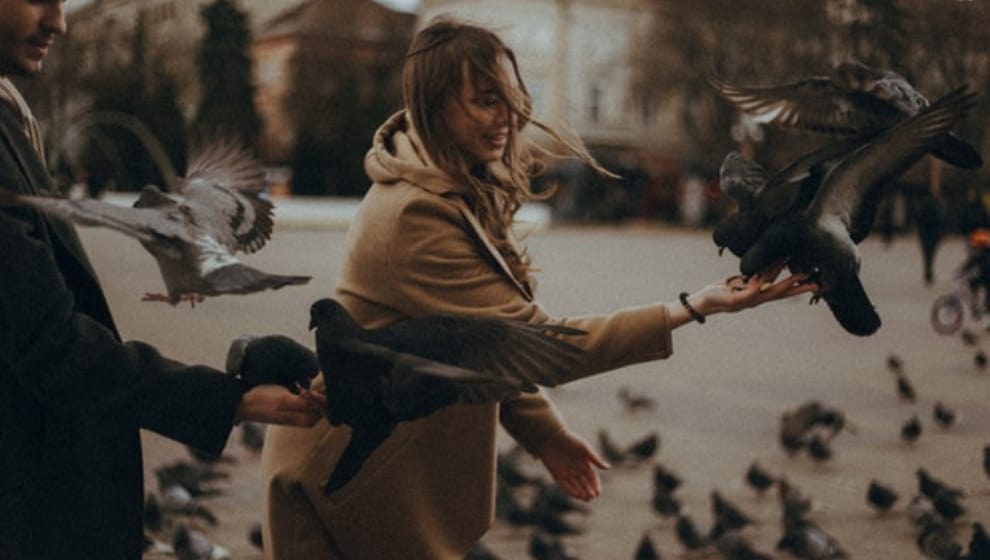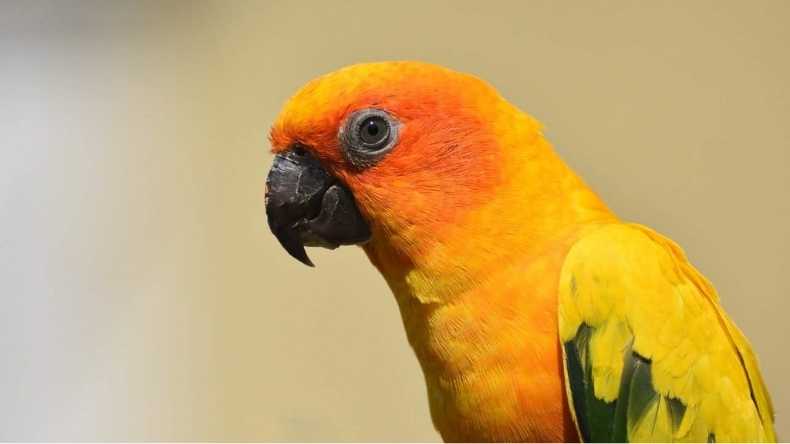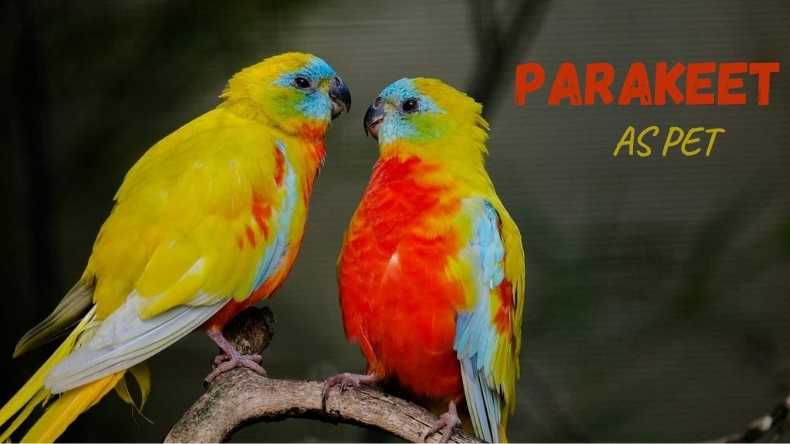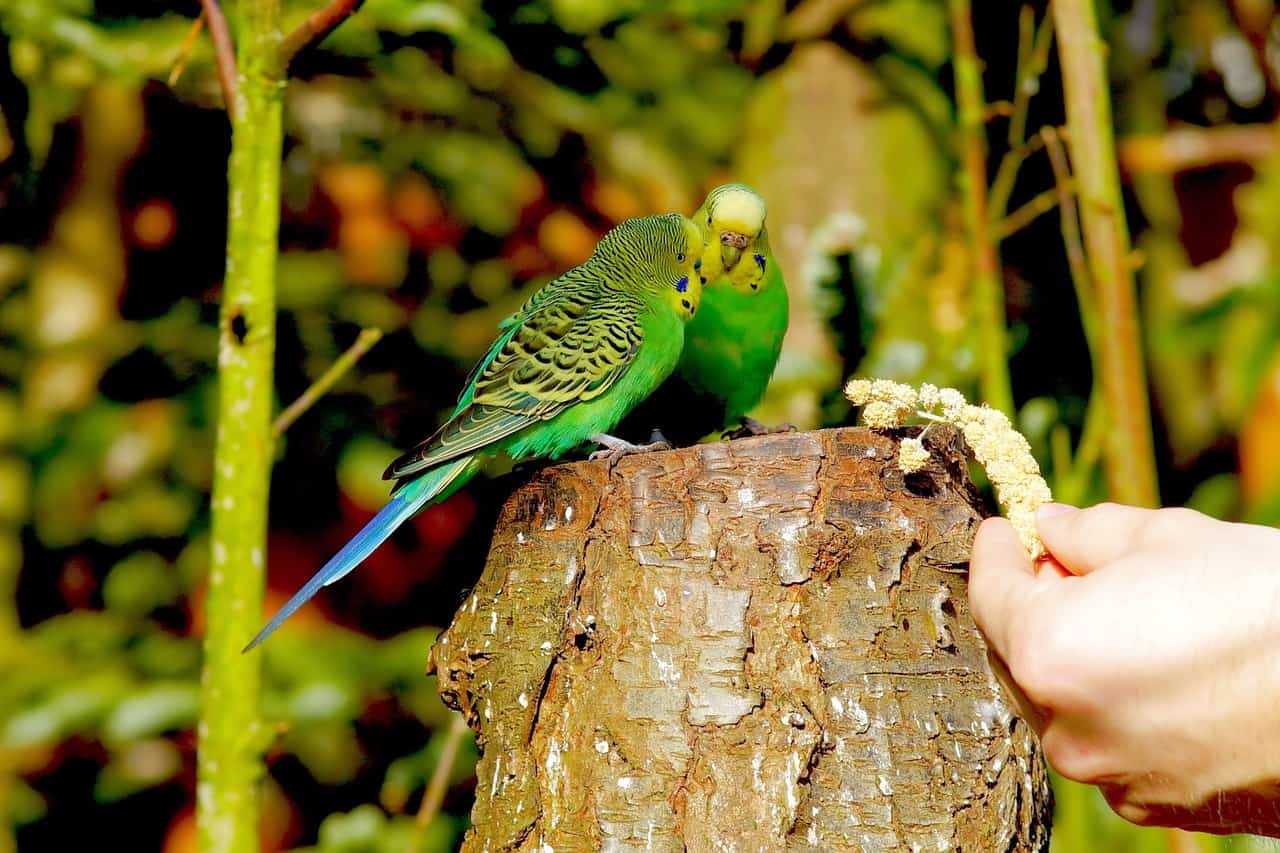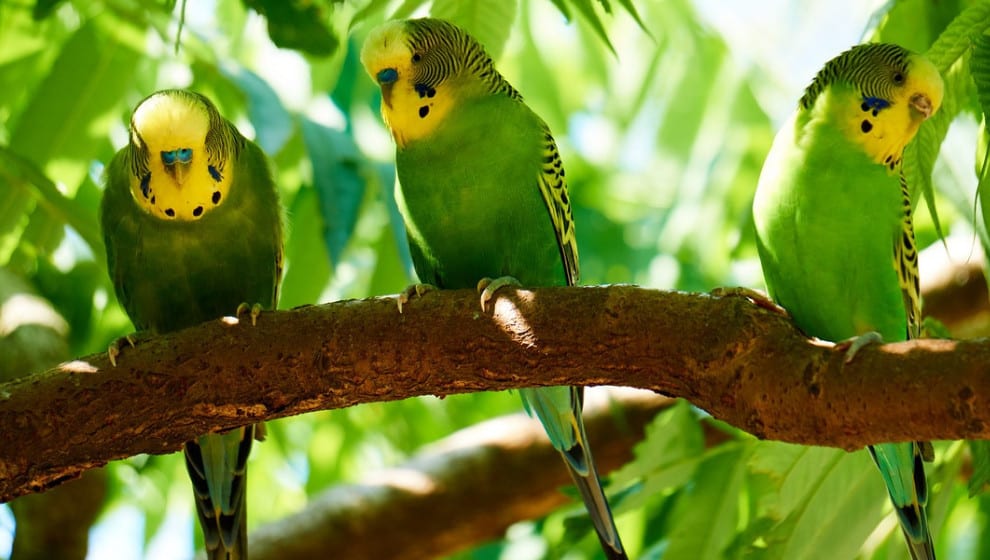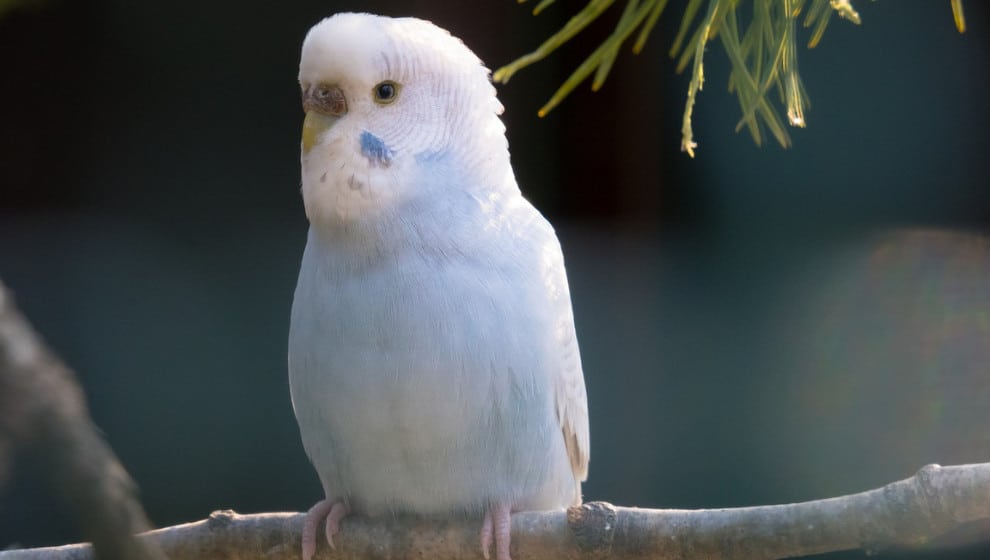Indeed, Pigeons are unimaginably convoluted and crafty animals. They are, without a doubt, one of only a handful few creature organizations that pass the “reflect test” (a trial of self-acknowledgment).
More humble designs are, for the most part, called birds, more goliath structures pigeons. Exclusion is the local white pigeon, the picture known as the “bird of concordance.
Whether you have pet pigeons or not, you need to raise them or eager to find these birds that usually live in cities. Understanding the life cycle of pigeons is convenient and exciting.
The mating and sinking trends of pigeons are in stark contrast to other birds, and you may be surprised by some of them. Generally speaking, pigeons live in the Akopriya area of the big city, but they can also be found in pastures and rough places.
Although preparing the pigeons is straightforward, yet requires time, devotion, and legitimate consideration.
Here we are discussing the following topics to train up your pigeons.
Table of Contents
How To Get A Pigeon To Trust You
When we feed wild birds on the lawn, we usually watch them from the kitchen window or perhaps sit on our back patio and drink tea or espresso; however, will they bring us closer?
Have you at any point thought about how to make wild birds trust you enough and even feed them by hand? Indeed, it tends to be done, and with persistence, it may not be pretty much as troublesome as you might suspect.
If you can coordinate yourself into day by day taking care of birds, indeed, you can acquire a specific level of trust from wild birds.
Do Birds Recognize Humans?
New exploration shows that specific birds may know who their human companions are because they can perceive human faces and recognize human voices.
Use these tips and tricks to build trust with your pet bird and thus build a lasting friendship.
Keeping Voice Low & Inviting
When meeting a new pet bird, speaking softly is essential. This will help keep the bird calm and relaxed. Loud sounds may scare your birds and cause them to move backward. If your voice is clear and seductive, your bird may listen curiously and attentively when talking.
Take It Easy
Sudden movements will also scare your bird. Slow down and create a quiet environment to make your bird feel safe. Start with panic. If they feel threatened, scared, or annoyed, it will be difficult to contact your bird.
Provide The Hospitality They Like
Food ordinarily tackles the issue. Furnish your birds with their #1 tidbit, like natural products, vegetables, or explicit sorts of bites, like Superfood Treat Sticks.
Birds love flavorful tidbits, and on the off chance that you are the person who gives them snacks, they will regard you as a companion. Paying off your new Feather companions a smidgen to assist them in understanding that you are agreeable, which won’t help? If it’s not too much trouble.
Note that it is essential to keep a solid eating routine for birds. Try not to take care of a lot of any pets.
Communicate With Them
Birds are intelligent creatures. They recollect their connections with individuals, and on the off chance that you use salvage creatures, they may have negative encounters with past proprietors. Help your birds warm up by gradually mingling them.
On the off chance that you look a little apprehensive when you go to the confine, kindly require a couple of moments every day to sit close to their environment, converse with them, or simply invest energy with them.
They can assimilate the energy and words you and your family have said. Continuously invest increasingly more energy with your bird until they adjust before you. Before you know it, you will probably have the option to play with Feather Spotted companions’ companions for quite a while.
Show Restraint
Animals need an ideal opportunity to change under their proprietor and new climate. If it’s not too much trouble, be patient in making your pet adjust to the new home.
How To Train A Pigeon To Fly
The pigeons are as yet being prepared by nations’ militaries everywhere globally, including our own country. Beginners keep up this custom today by raising and hustling pigeons. Flying pigeons are additionally called sport pigeons.
Step: 01
Assembling an extensive dovecote, around 7 square feet for every bird. Most proprietors gathered numerous lofts to isolate the youthful pigeons from the more seasoned pigeons and the roosters from the hens.
You can utilize existing sheds, carports, or lofts if they are not previously used for raising poultry. Something else, utilize 2-inch thick level sheets and 3-inch slides to assemble your floor on a solid foundation. Utilize a ½ inch thick by 4 inches to 6-inch wide board on the front, back, and base.
Step: 02
Utilize wooden dowels about ½ inch thick, and around 2 inches separated to construct the storage room’s upper piece. Cover the pins with a net cover.
Step: 03
Fabricate a rack around 1 foot square on one side of the dovecote to assemble a home. Utilize 1-inch by 12-inch boards to build a compartment 12 inches high by 12 inches deep by 18 inches wide for each bird. Spot a 1 inch by 4 inches by the 18-inch board at the lower part of the crate’s front opening to get the settling material and eggs.
Step: 04
Put settling materials (like feed, straw, wood chips, and branches) into each container.
Step: 05
Spot the roost on the opposite side. Every pigeon needs a different environment. Utilize any of three kinds of natural surroundings: box, triangle or V-shape, or platform.
In utilizing box roosts, use 1 inch by 4-inch boards to develop a 12 inch by 10-inch box for every pigeon. You can utilize two 6-inch square compressed wood boards to build a three-sided or V-formed roost.
These pressed wood boards contact each other in a reversed “V” shape and fit a 1-inch square wood board around 3 to 4 inches in length. Possibly utilize the platform to roost while showing pigeons.
Step: 06
Spread a tiny layer of sand on the upper room floor. Put around 20 birds in the dovecote. Pigeons are social creatures, and they will be more loosened up while interfacing with different pigeons.
Feed the birds each day and evening. Each time you feed the birds, use metal jars to make the tins. That makes them familiar with partner sounds with food and permits you to call them jars in the wake of delivering them.
Step: 07
Clean the space each day to eliminate squander and other garbage. Track the bird’s trip in the dovecote and the circumstance after it has been delivered. Record how regularly they fly and how far they fly.
Pick and plan the birds that you will use to contend in a different clean spot. Check these birds cautiously to ensure they are solid.
Pigeons may experience the ill effects of an assortment of sicknesses, including Paramixo infection and throat ulcers. Whenever contaminated by the disease, the birds will seem feathery, bleary-eyed, or lopsided.
Step: 08
Give them half and a half peas and fill them with canary and rapeseed for 90 minutes before delivering them.
On the off chance that there is a solid breeze, add other Indian corn. Allow the birds to participate in the game at around 10 am; if they travel for an incredibly lengthy timespan, like 8 to 9 hours, kindly let them go out sooner than 8 am.

